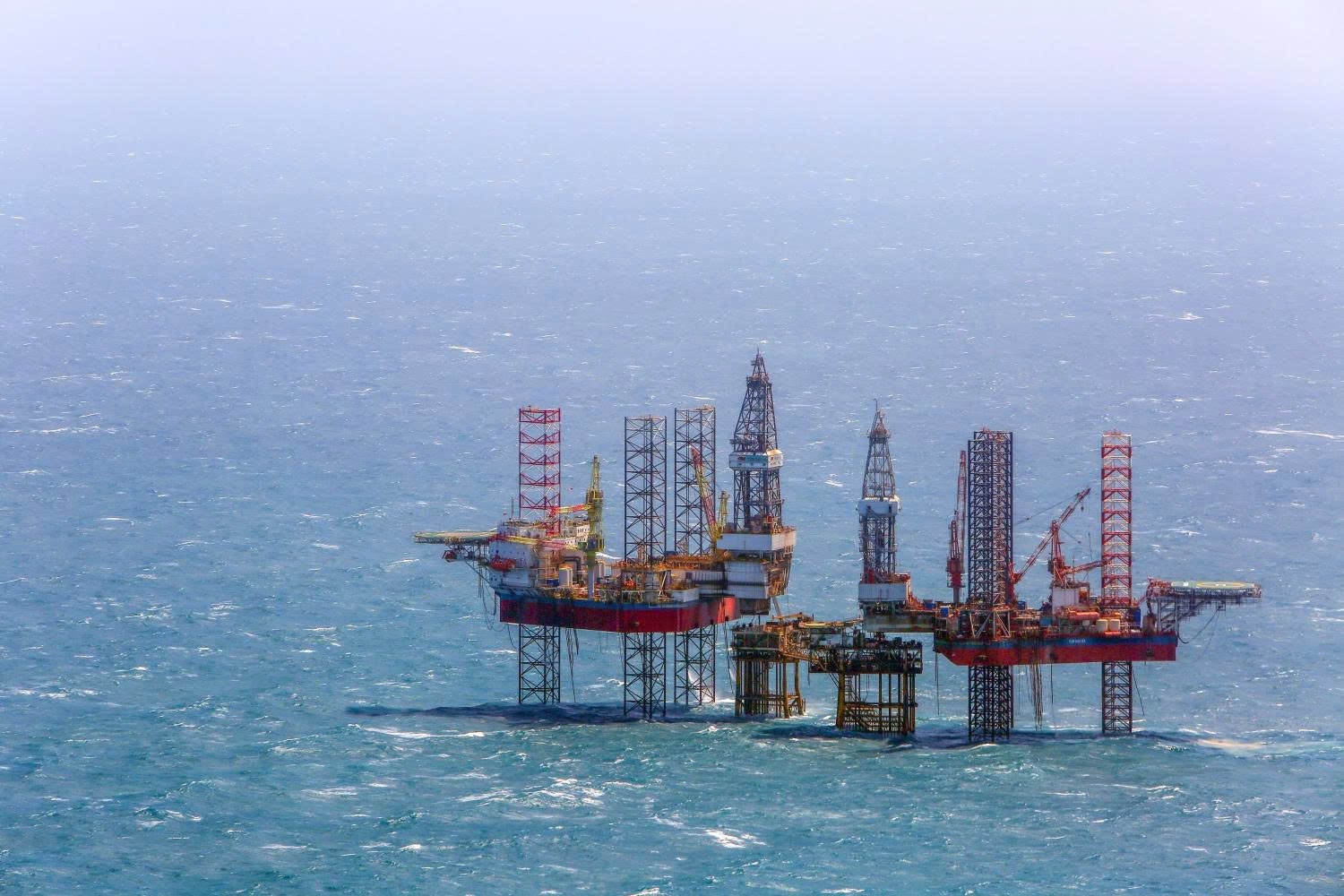This sharp decline is not due to a single factor but is the result of a series of intertwined macro events, creating a challenging and unpredictable picture.
Trade tensions and global implications
Initially, concerns about supply disruptions due to US sanctions on Russia and Iran pushed oil prices higher. However, the turning point came in early April 2025 when the US announced reciprocal tariffs on most countries, escalating trade tensions across the board.
As a result, global supply chains have been disrupted, causing production and transportation costs to skyrocket. Many factories have been forced to cut production or temporarily suspend operations due to raw material shortages and falling orders, causing demand for transportation as well as oil consumption (especially diesel and bunker fuel).
According to the International Energy Agency (IEA) Oil Market Report for May 2025, global oil demand growth is forecast to decline sharply from 990,000 barrels per day in the first quarter of 2025 to just 650,000 barrels per day in the remaining quarters of the year. The average annual growth rate is estimated at 740,000 barrels per day, clearly reflecting the slowing growth trend of the global economy and the boom in electric vehicles.
OPEC+ eases supply, oversupply pressure persists
After nearly two years of continuous production tightening to support prices, OPEC+ suddenly shifted to increasing supply, reflecting flexibility in management as well as pressure from some members not complying with their quotas. In Q2/2025, the alliance increased production by 960,000 barrels/day, equivalent to 44% of the initial voluntary cut. This move created clear downward pressure on oil prices, at the same time showing that the market is extremely sensitive to any changes in OPEC+ production policy.
In this context, concerns about oversupply are growing, especially when major economies such as the US, China and Europe have yet to show clear signs of recovery. Reports of commercial inventories in the US show insignificant decreases, contrary to the usual practice of sharp declines before peak consumption seasons. This further reinforces the forecast that the oil market will continue to be oversupplied in the second half of 2025, leading to prolonged downward pressure on prices.
The gap between futures and physical markets widens
Most notable in 2025 will be the increasingly clear separation between oil prices in the oil paper market and the physical oil market. Although there is no physical supply surplus and no sudden increase in inventories, oil futures prices will still plummet due to a wave of selling by financial hedge funds, which are strongly influenced by pessimism about global growth.
Many hedge funds and macro investment funds use oil contracts as a tool to hedge risks or bet on economic recession, causing oil prices to fluctuate strongly, deviating from the actual supply and demand situation.

Financial fluctuations
In addition to the factors mentioned above, the USD has been on a strong downward trend since the beginning of 2025. The DXY index has fallen more than 10% since the beginning of the year, marking the biggest decline in more than two years. Furthermore, Moody's has just downgraded the US sovereign credit rating from Aaa to Aa1, raising concerns about fiscal risks and causing investors to withdraw capital from USD-denominated assets.
The weakening of the US dollar has a two-way impact on the oil market. On the one hand, oil in US dollars becomes cheaper for importing countries, which can support demand. On the other hand, the strong volatility of the exchange rate and the defensive sentiment of investors keep the oil market under pressure from financial factors, despite the fact that there are no major changes in physical supply and demand.
Energy geopolitics , potential risks
Although geopolitical hotspots such as the Middle East or Ukraine did not see explosive escalation in the first quarter of 2025, potential risks remain. Rumors about the outcome of negotiations between the US and Iran or Israel preparing to attack Iran's nuclear facilities frequently appear, creating unpredictable fluctuations in oil prices. Therefore, energy geopolitics remains a "cloud" over all oil price forecasts this year.
In 2025, the macro picture of the oil market has never been more chaotic since the Covid-19 pandemic-induced slump in 2020. Unlike the previous global lockdown-induced demand shock, the current market is affected by multiple factors including trade tensions, geopolitical risks, OPEC+ and non-OPEC+ production policies, as well as defensive sentiment and financial speculation.
The complex overlap and interaction of these factors causes oil prices to fluctuate continuously and no longer reflect the physical supply and demand situation as closely as before. This situation requires analysts, investors and policy makers to have a broad, multi-dimensional and flexible view to adapt to an unstable and uncertain energy market.
Le Trung Lan - Department of Economic and Technical Affairs (Synthesis)
Source: https:// bsr .com.vn/web/bsr/-/danh-gia-vy-mo-nganh-nang-luong



![[Photo] The 9th Party Congress of the National Political Publishing House Truth](https://vphoto.vietnam.vn/thumb/1200x675/vietnam/resource/IMAGE/2025/6/24/ade0561f18954dd1a6a491bdadfa84f1)

































































































Comment (0)